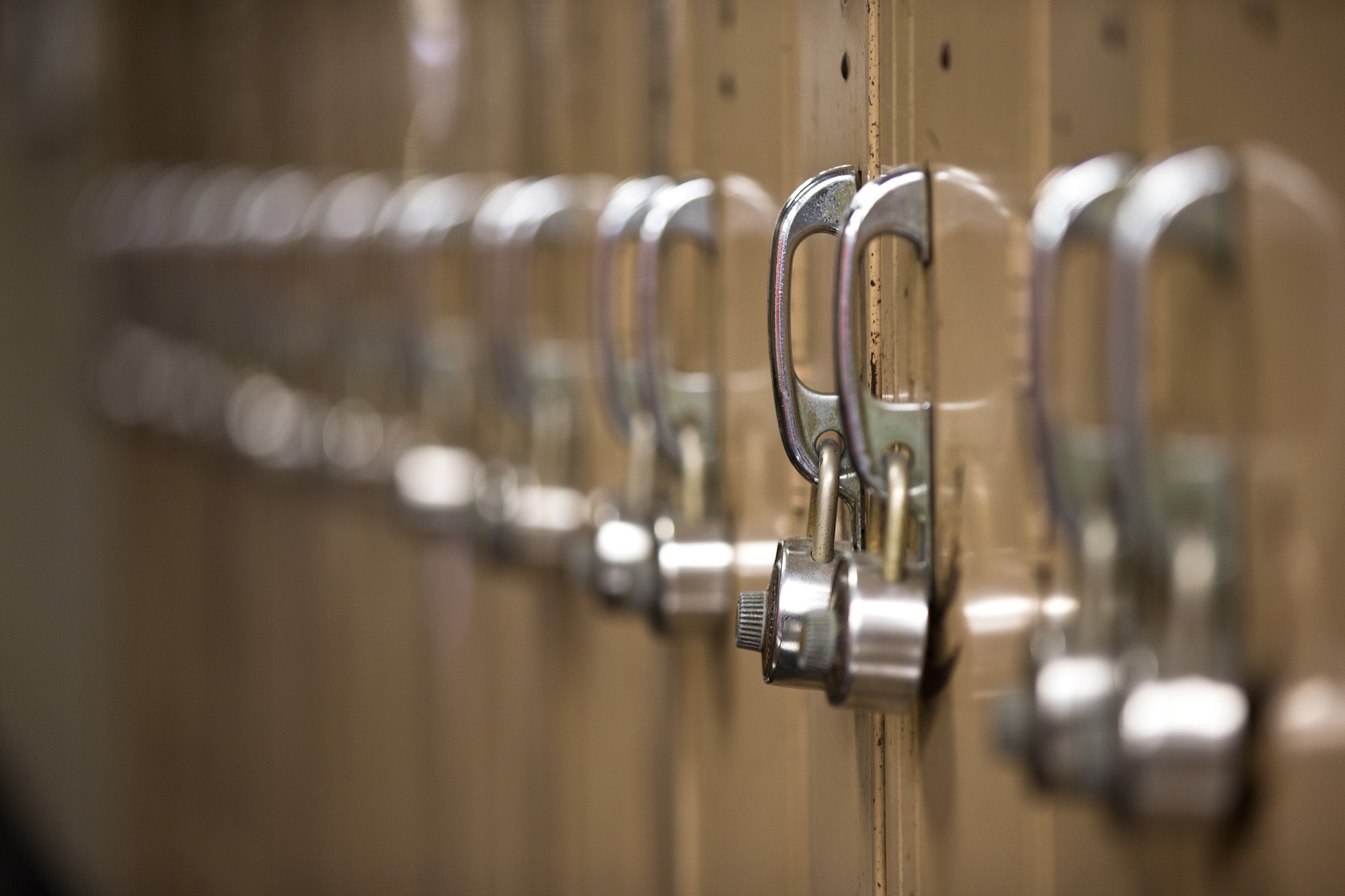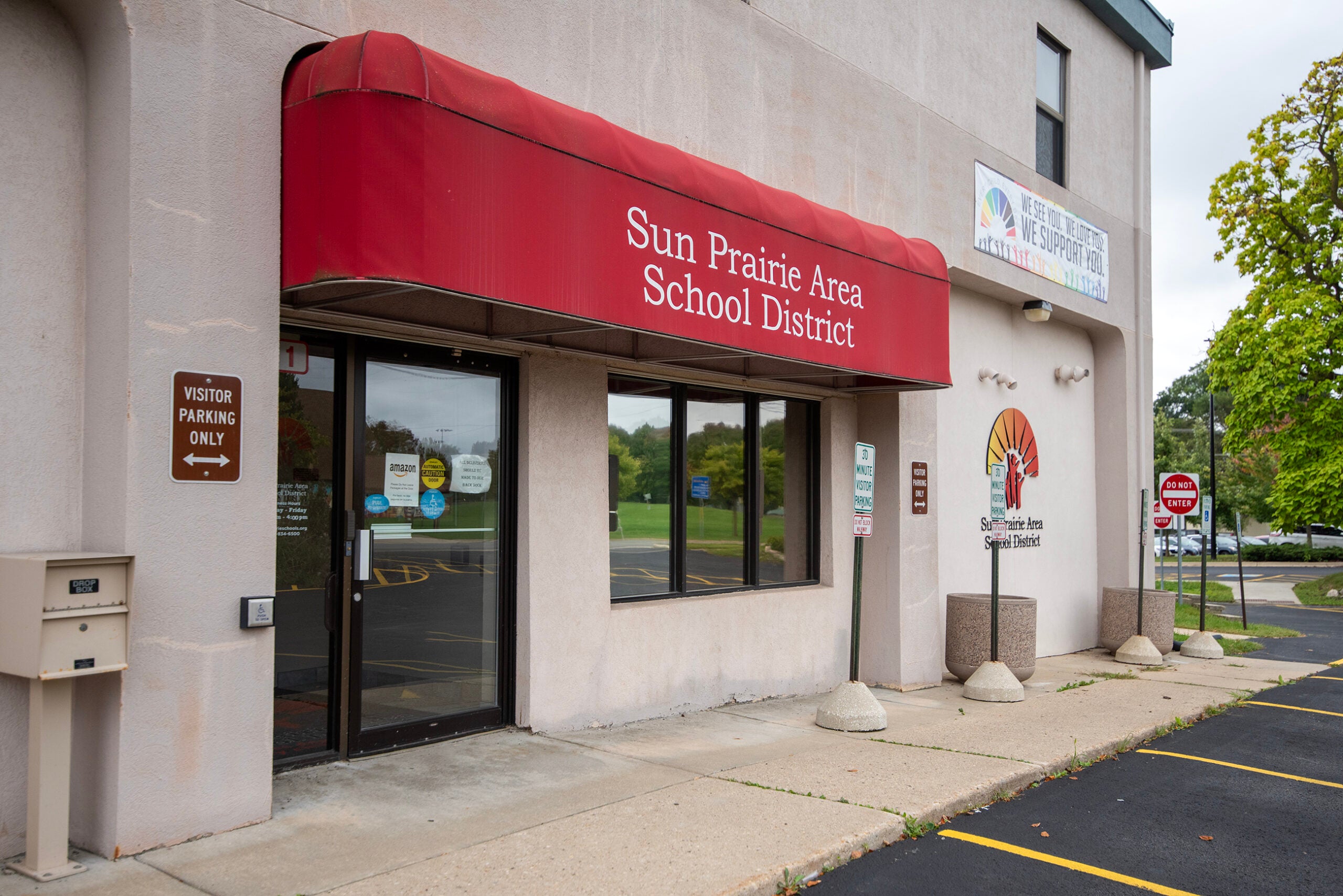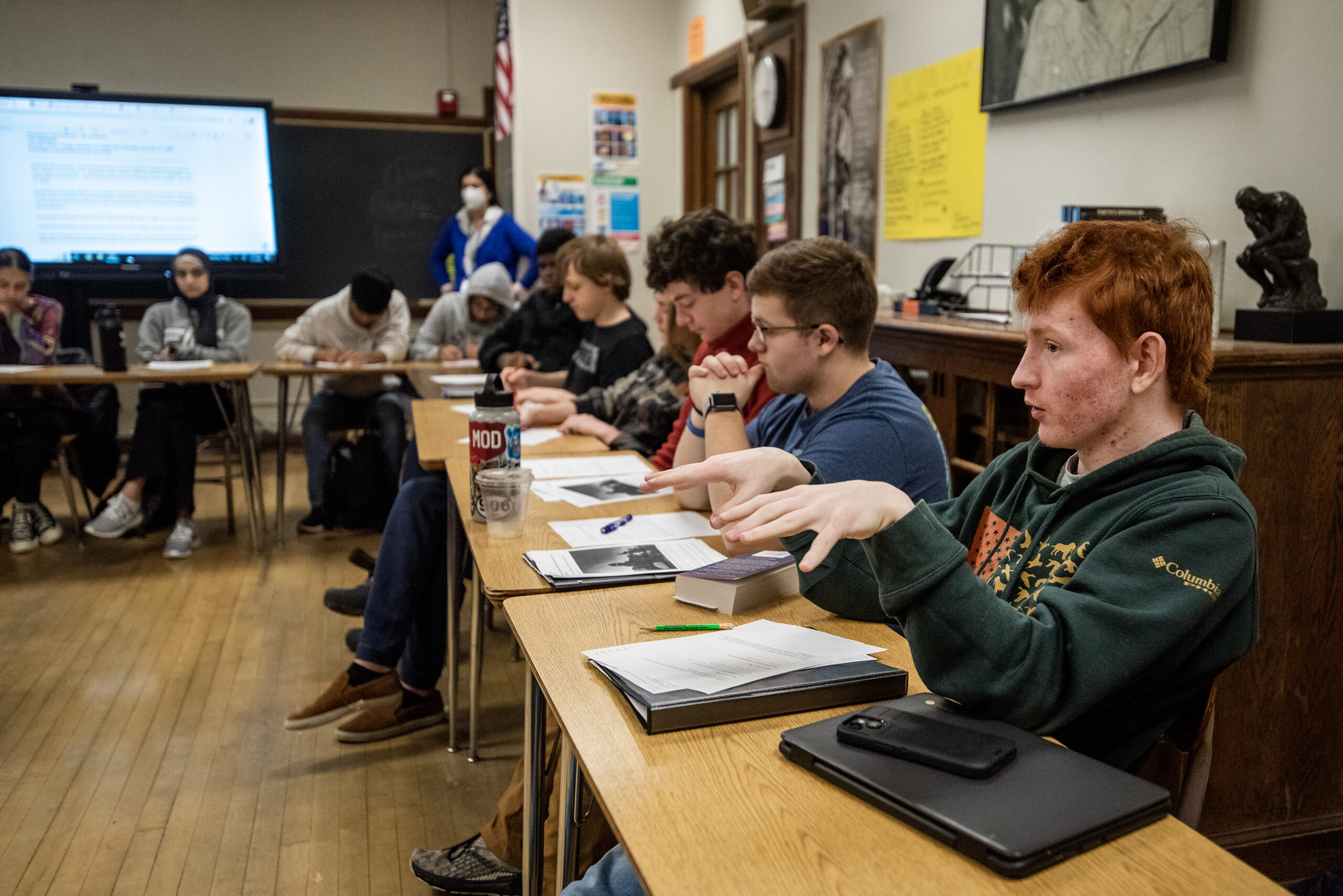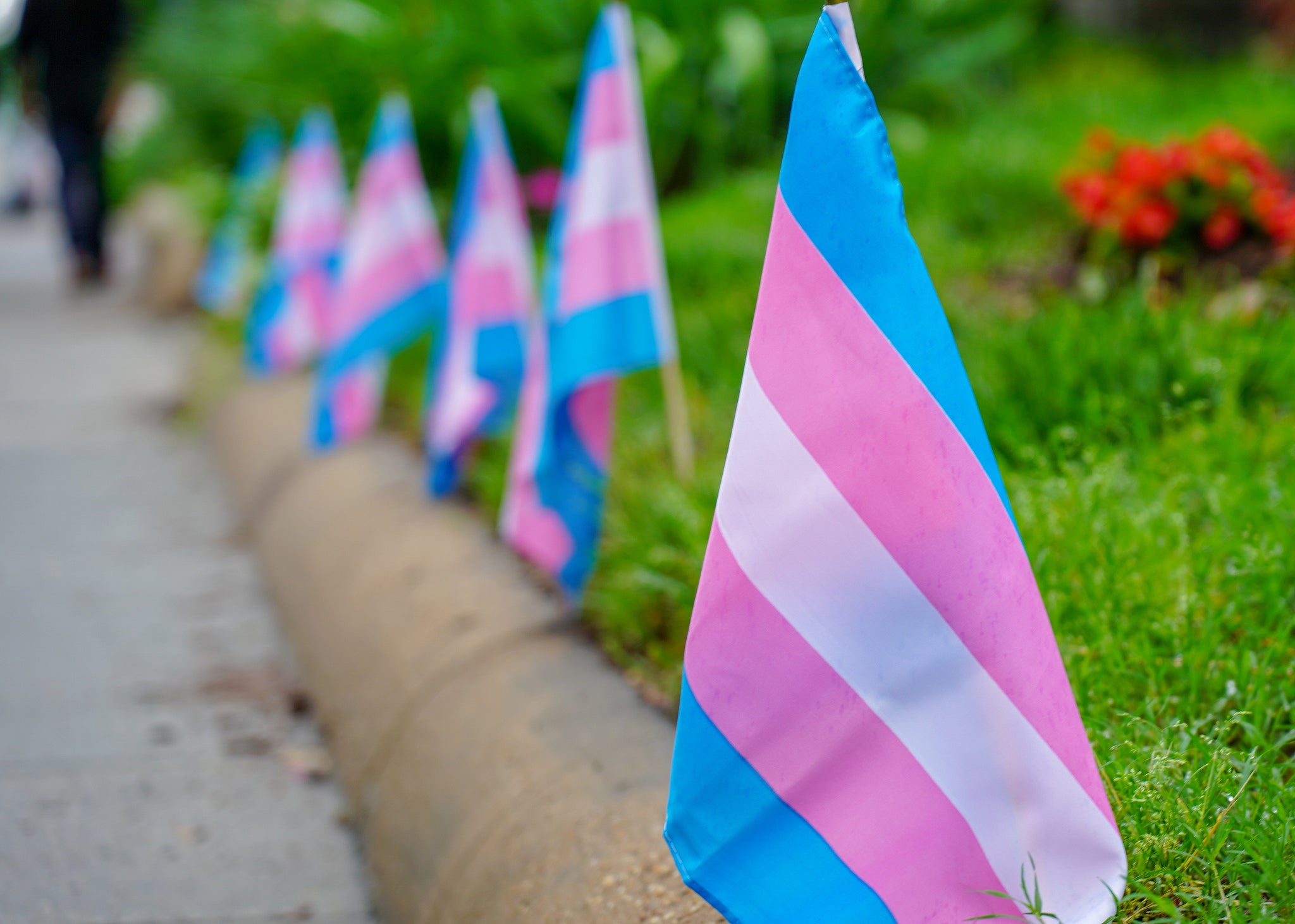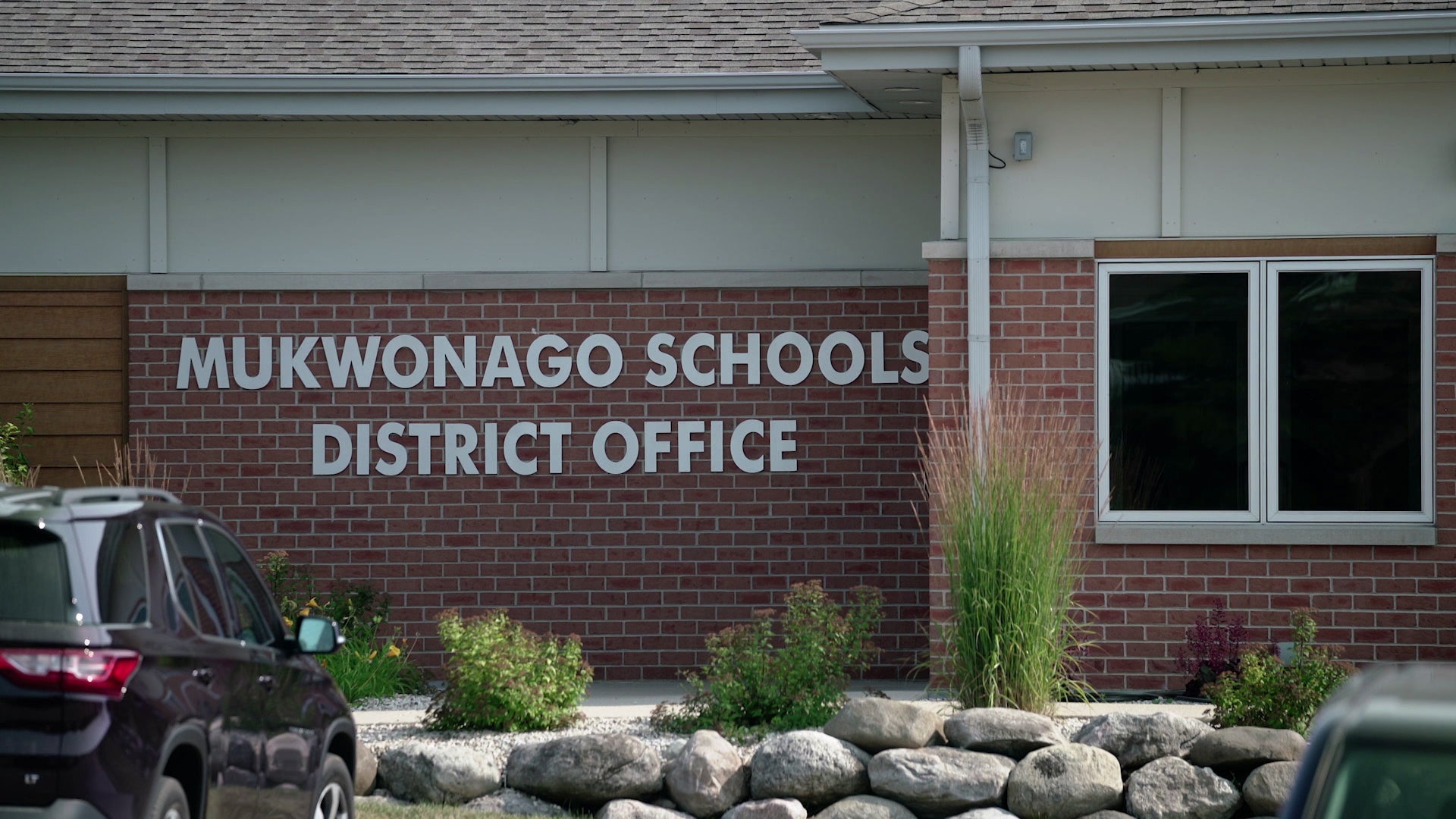A recent incident where girls in the Sun Prairie Area School District reportedly were in the same shower room with a trans student highlights the challenge school districts face providing appropriate services and facilities to all students.
In March, four 14-year-old freshman girls in the district were showering in the girls’ locker room when they were exposed to the genitalia of an 18-year-old senior who is transitioning from male to female, according to the conservative law firm Wisconsin Institute for Law and Liberty.
WILL alleges administrators at East High School did not inform the school’s Title IX coordinator or launch an investigation. Title IX bans sex-based discrimination in any school or any other education program that receives funding from the federal government. Federal law also prohibits discrimination against transgender students.
News with a little more humanity
WPR’s “Wisconsin Today” newsletter keeps you connected to the state you love without feeling overwhelmed. No paywall. No agenda. No corporate filter.
The Sun Prairie School District responded with a statement saying the account was “ill-informed, inaccurate and incomplete.” District officials declined to comment further, citing student privacy, but said further steps were taken to ensure a similar incident does not recur.
“The Sun Prairie Area School District does not condone any student of one sex being present in a state of undress in the presence of students of another sex,” the district said in a statement. “The district does not condone a student of one sex showering in the presence of students of another sex.”
Anthony Steffek, a partner at Green Bay law firm Amundsen Davis who specializes in Title IX issues, said the law is not completely clear on how issues involving transgender students should be handled.
“You have two sides of a coin,” Steffek said. “You have the transgender student who has needs and wants in the school setting, but then you have other students who have other needs and wants.”
Steffek said every case needs to be handled on an individual basis — but he advises at the outset, all options and possible circumstances be discussed with the transgender student and the student’s family.
“You have all students who have various rights, and you have to have that communication to say, ‘We’ll support you,’” Steffek said. “But at the same time — using Sun Prairie — if it’s a biological male who still has a penis, 14-year-old girls have a right not to be exposed to that.”
But Brian Juchems, co-executive director of GSAFE, a Madison-based nonprofit that works with school districts across Wisconsin to work with LGBTQ+ youth, said there are 20 years of best practice for educators to follow for trans and non-binary students.
“The reality is LGBT students have been in our schools all along,” Juchems said. “We’re just at a moment where they have the confidence and courage to say, ‘This is where I am, and I need to be treated with respect.’”
Juchems said each student presents a unique situation and many school districts have worked hard to implement best practices, even if they don’t always get it right. He said the multi-decade attack on school funding has kept districts from being able to update facilities in ways that could ensure all students’ interests are served, such as ending communal showers and providing privacy stalls for students.
“It’s hard enough to be a trans student in our schools right now without having to figure out how to take a shower,” Juchems said. “(Privacy stalls are) a simple fix school districts can do. They often don’t necessarily think about it, or they don’t have the resources available to them.”
The closest a Wisconsin court has ruled on a student using a bathroom different from their biological sex was in 2017 when a three-judge panel of the 7th Circuit U.S. Court of Appeals unanimously sided with a 17-year-old transgender Kenosha high school student who wanted to use the boys’ restroom.
Kenosha Unified School District argued against the boy using the bathroom, arguing harm to other students. In a ruling, Judge Ann Claire Williams wrote, “The harms identified by the school district are all speculative and based upon conjecture, whereas the harms to (the student) are well‐documented and supported by the record.”
Under President Barack Obama’s administration, the Department of Education issued a letter in May 2016 addressing various issues with regard to transgender students, including restroom and locker room use. The letter said “(a) school may provide separate facilities on the basis of sex, but must allow transgender students access to such facilities consistent with their gender identity.” The administration’s interpretation of the law was guidance that courts could rely on when making decisions.
The administration of President Donald Trump revoked those guidelines one year later. The Biden administration has not reinstated Obama’s original directive.
Steffek, who was not involved in the Sun Prairie incident or Kenosha case, said how school districts continue to handle Title IX issues will likely evolve depending on future court cases.
“It is a developing area, not only for the law but society in general. The issue of transgenderism has become a political issue, so there are a lot of different dynamics,” Steffek said. “Hopefully we can get some clarity for the sake of all kids. So everybody can feel comfortable at school, no matter how they identify themselves.”
Editor’s note: This story has been updated to remove incorrect references to the older student’s gender.
Wisconsin Public Radio, © Copyright 2026, Board of Regents of the University of Wisconsin System and Wisconsin Educational Communications Board.
